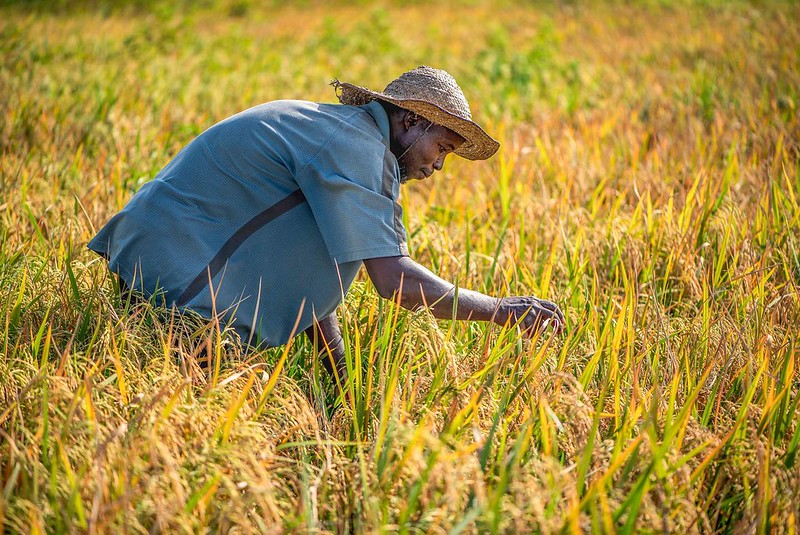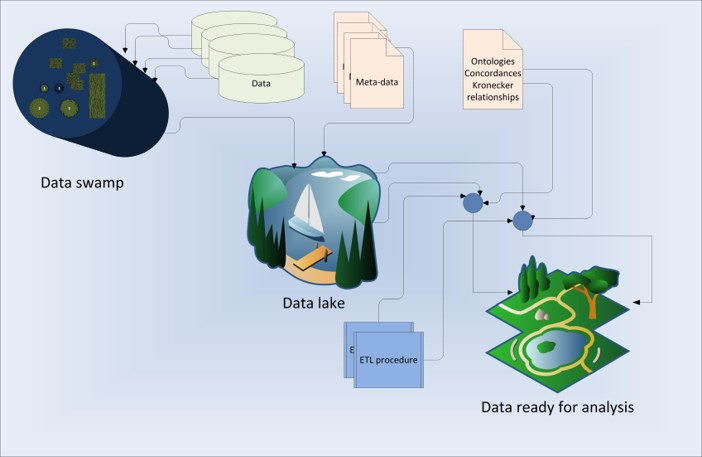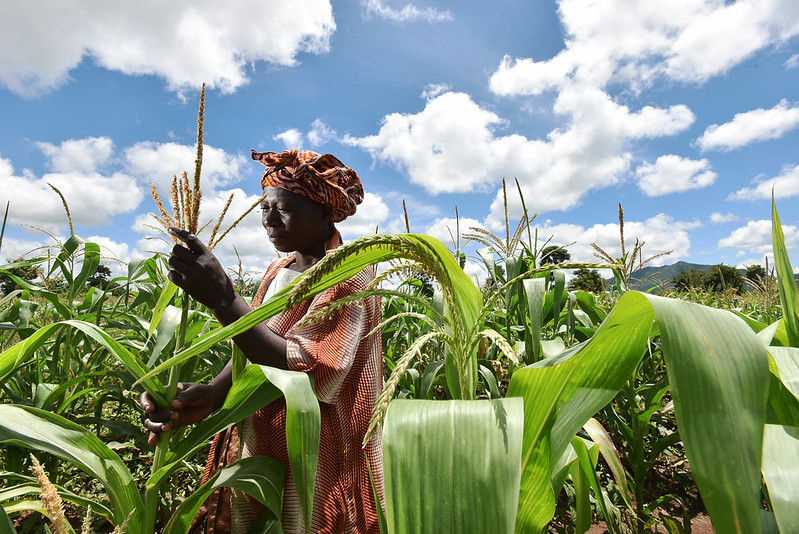Latest Posts
Forest futures: Linking global paths to local conditions
The chapter establishes links between elements of long-term global scenarios and the prerequisite conditions of sustainable forest management (SFM), as discussed in Parts I and III. It uses a component from a new global scenario exercise: the shared socio-economic pathways (SSPs), which are narratives that cover a spectrum of climate…
Exploring future changes in smallholder farming systems by linking socio-economic scenarios with regional and household models
We explore how smallholder agricultural systems in the Kenyan highlands might intensify and/or diversify in the future under a range of socio-economic scenarios. Data from approximately 3000 households were analyzed and farming systems characterized. Plausible socio-economic scenarios of how Kenya might evolve, and their potential impacts on the agricultural sector,…
Building future scenarios: Governance, land use and carbon management at the landscape scale
In this guide, the elaboration of alternative future scenarios is followed by the application of a simplified tool to model the carbon emissions patterns and outcomes of each option; this tool will be provided separately on the project web site and does not necessarily need to be included in the…



